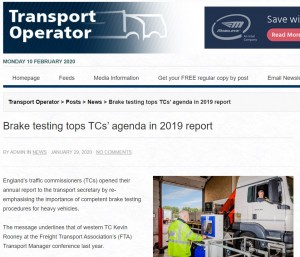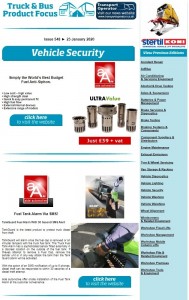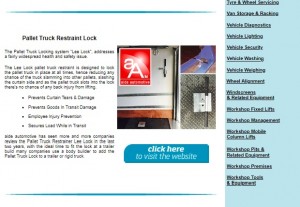HGV Brake Testing Top Of TC’s Agenda For 2020
England’s Commercial Vehicle traffic commissioners report emphasising the importance of competent #brake #testing procedures for heavy vehicles.
Acknowledging that operators had been investing in roller brake testing, the TCs were pleased to note that this was improving brake performance at annual test.
“In 2017/18, there were almost 10,000 fewer failures for service brake performance at commercial vehicle annual tests than in 2013/14,” said the report.
“The biggest improvement we have seen is for trailers – in the same period, an extra 5,500 passed their brake performance test the first time.” However, while the TCs praised these “really encouraging” results, they insisted that there was “more to achieve” – not least because “brake failures are still dominating the top ten reasons for MOT failure”. There were 22,000 failures for service brake performance in 2017/18; and the TCs highlighted a range of commonly recurring issues relating to brake tests. One such issue was that of periodic maintenance inspection (PMI) brake checks being conducted on unladen vehicles and trailers with wheels locking at very low brake efforts; another was test printouts saying ‘pass’ where it was clear one or more brakes were not working properly. Operators and transport managers failing to understand the information on the printout was a further bugbear, as was the issue of technicians conducting brake tests failing to identify potential serious safety concerns. TCs also highlighted a general failure to grasp that the standards applied at PMIs should actually be higher than minimum annual test requirements.
Also, there are a great number of commercial workshops who are still of the misconception that all of the aforementioned brake tests have to be performed on a roller brake tester. This is not the case! The Traffic Commission has allowed the use of a DVSA-approved brake tester, like a decelerometer / BrakeCheck, for all non-MOT brake tests.
Contact aide automotive on 0115 8456471 or info@aideautomotive.com Our product range – HGV Brake Testers – Trailer Testers – EBS/ABS Sensor Tester – Diagnostic Tools – Midtronics Battery Testers – Anti Siphon Devices – ISOCheck – Trailer Locks – Auto Braking Reversing System – HGV Diesel Tank Alarms – Plus More

Portable Brake Testing Using a Bowmonk BrakeCheck









